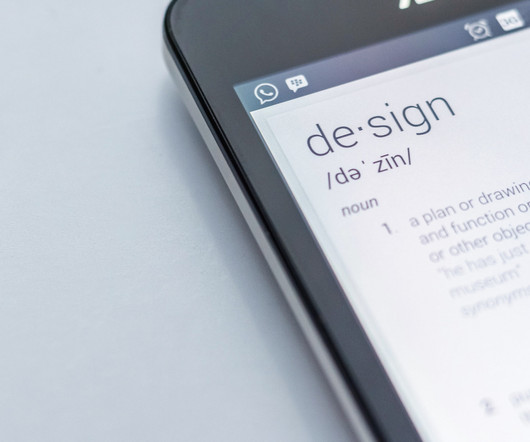Top Web Design Blogs in 2024
Noupe
MARCH 6, 2024
Tutorials Aside from informative articles, Smashing Magazine presents practical tutorials that walk readers through the process of applying distinct techniques, tools, or design patterns. These tutorials encompass a diverse array of subjects such as responsive design, typography, color theory, and frontend development among others.















Let's personalize your content